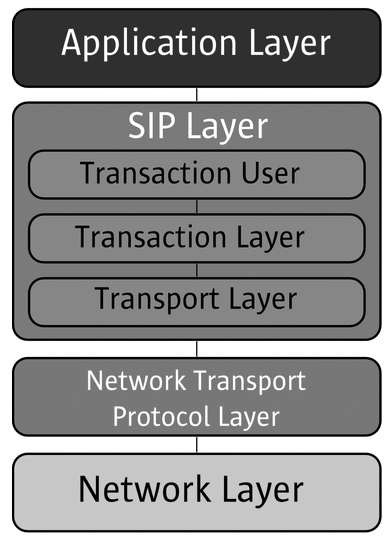SIP – Overview
The Session Initiation Protocol (SIP) is a communications protocol for signaling and controlling multimedia communication sessions. The most common applications of SIP are in Internet telephonyfor voice and video calls, as well as instant messaging all over Internet Protocol (IP) networks.
Given below are a few points to note about SIP:
- SIP is a signalling protocol used to create, modify, and terminate a multimedia session over the Internet Protocol. A session is nothing but a simple call between two endpoints. An endpoint can be a smartphone, a laptop, or any device that can receive and transmit multimedia content over the Internet.
- SIP is an application layer protocol defined by IETF (Internet Engineering Task Force) standard. It is defined in RFC 3261.
- SIP is incorporated with two widely used internet protocols: HTTP for web browser and SMTP used for email. From HTTP, SIP borrowed the client-server architecture and the use of URL and URI. From SMTP, it borrowed a text encoding scheme and a header style.
- SIP takes the help of SDP (Session Description Protocol) which describes a session and RTP (Real Time Transport Protocol) used for delivering voice and video over IP network.
- SIP can be used for two-party (unicast) or multiparty (multicast) sessions.
- Other SIP applications include file transfer, instant messaging, video conferencing, online games, and steaming multimedia distribution.
SIP in OSI model:
SIP is a simple network signalling protocol for creating and terminating sessions with one or more participants. The SIP protocol is designed to be independent of the underlying transport protocol, so SIP applications can run on TCP, UDP, or other lower-layer networking protocols.
The following illustration depicts where SIP fits in in the general scheme of things:

Typically, the SIP protocol is used for internet telephony and multimedia distribution between two or more endpoints. For example, one person can initiate a telephone call to another person using SIP, or someone may create a conference call with many participants.
The SIP protocol was designed to be very simple, with a limited set of commands. It is also text-based, so anyone can read a SIP message passed between the endpoints in a SIP session.


